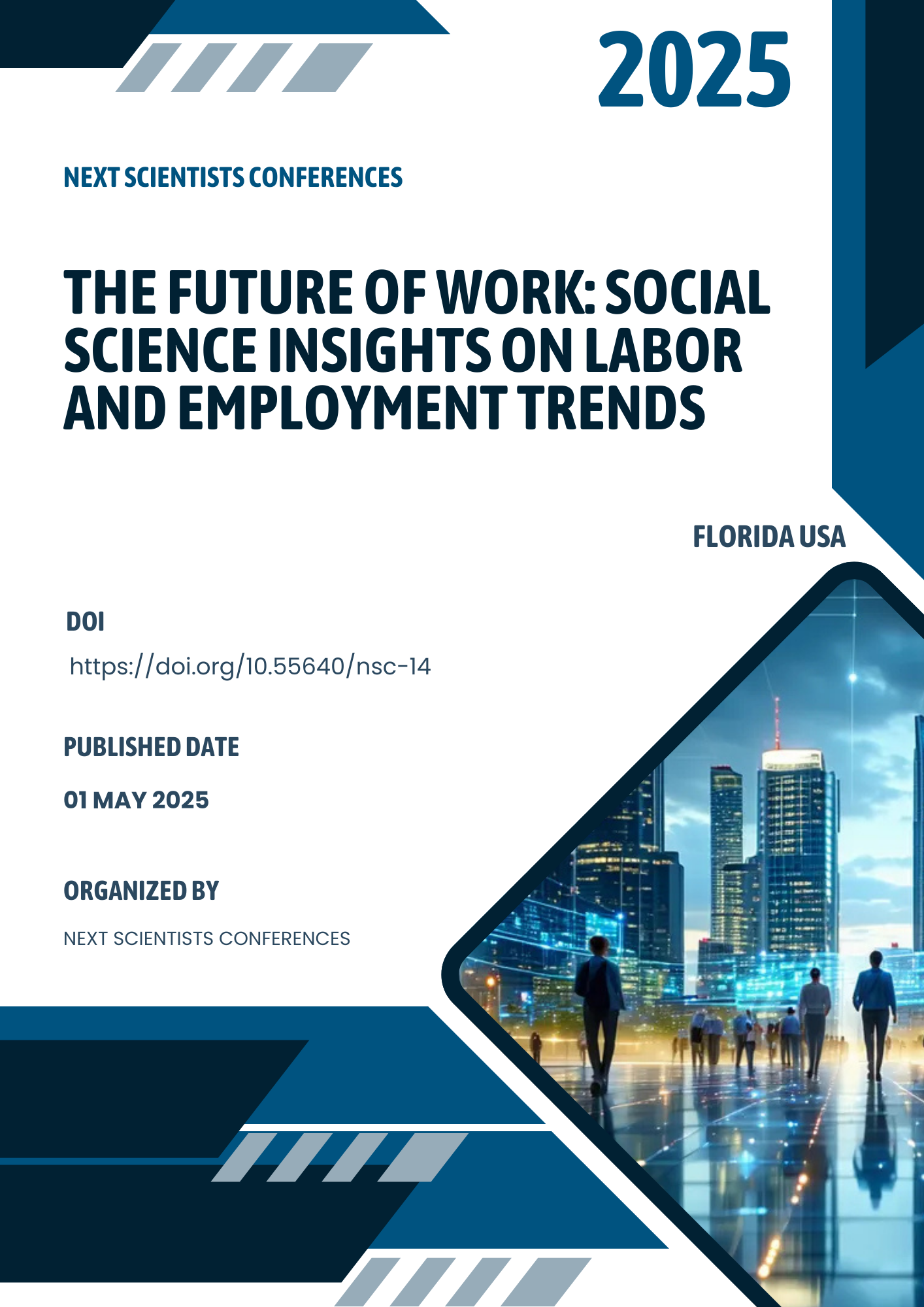THE ORIGIN OF ANTHROPONYMS IN THE UZBEKISTAN LANGUAGE, DEVELOPMENT FACTORS, AND THEIR PLACE IN LINGUISTICS
Keywords:
Onomastics, anthroponyms, anthroponymAbstract
This article highlights the essence of the science of anthroponymy as a structural element of onomastics. The main attention is paid to the origin of anthroponyms in the Uzbek language, their formation under the influence of historical, religious, social and cultural factors, and how these names are related to the life of the people. Also, the role of Uzbek anthroponyms in linguistics and modern trends are explained on a scientific basis.
References
Авлакулов Я.И. Ўзбек антропонимлари ҳақида// Личностно ориентированный подход к современному обучению. – Ташкент, 2008. – Ч.10. – С.134-138.
Begmatov E. Uluqov N. O‘zbek onomastikasi terminlarining izohli lug‘ati. Namangan, 2006.
Бегматов Э. Ўзбек исмлари. – Тошкент: Қомуслар бош таҳририяти,1991.
Бегматов Э., Улуқов Н. Ўзбек ономастикаси. Библиографик кўрсаткич. – Наманган, 2008.
Qilichev E. O‘zbek tili onomastikasi. Т.:2004.
Rakhmatullayev Sh. Hozirgi o‘zbek adabiy tili. Toshkent: Universitet. 2006.
Ergasheva G. Nemis tili frazeologiyasida “frazeologizm” va “frazema” tushunchalari tahlili. O‘zMU XABARLARI. Ijtimoiy-gumanitar fanlar turkumi. 2025/1. 118-120 b.
Эргашева Г. С. (2024). Nemischa frazeologizmlarning struktur-semantik tahlili (inson intellektual salohiyatini ifodalovchi iboralar misolida) Ijtimoiy-gumanitar fanlarning dolzarb muammolari. Actual Problems of Humanities and Social Sciences Volume 4 | Issue 10 | 2024 ISSN Online: 2181-1342. 170-174 b.


